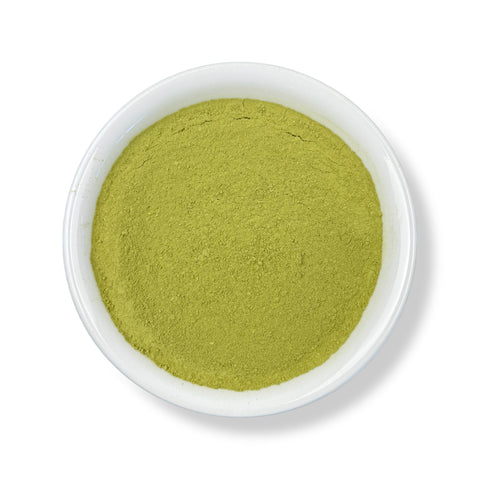
Moringa Leaf Powder
- + Supports skin regeneration
- + Rich in antioxidants
+ Buy ANY 5 Products, Get 1 Free!
- 15-Day Money Back Guarantee
- Orders Ship Same Day
![]()
Botanical Name: Moringa oleifera
Origin: Mexico
Unlock the exceptional nutritional benefits of Moringa Leaf powder, sourced from the lush, verdant regions where Moringa oleifera thrives. Renowned as the "Miracle Tree," moringa is celebrated for its highly nutritious profile and versatile health benefits. This finely ground powder is ideal for blending into smoothies, sprinkling over meals, or incorporating into wellness recipes, offering a simple and effective way to enhance your daily nutrient intake.
- Rich in antioxidants
- Supports a healthy immune system
- Promotes energy levels
These statements have not been evaluated by the Food and Drug Administration. This product is not intended to diagnose, treat, cure, or prevent any disease.
This product is intended for nutritional support. If pregnant, nursing, or taking medication, please consult with a health professional before use.
Keep out of reach of children.

